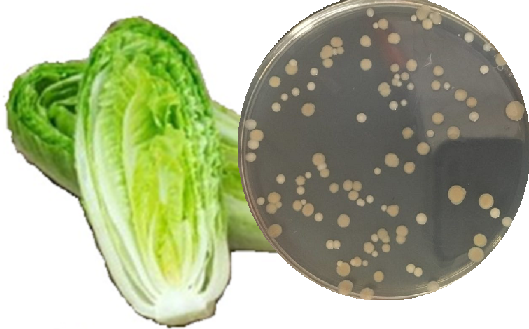ARS scientists observed that E. coli O157:H7 infection outbreaks connected to romaine are more frequently associated with lettuce commercially grown and harvested at the end of the growing seasons. Between 1998 and 2019, the CDC recorded 36 outbreaks that traced back to lettuce. Most of these outbreaks involved romaine lettuce harvested in the fall on California Central Coast, such as in Salinas, and late winter in Southern California and Arizona. These two states are the major lettuce growing areas in the United States, with farm production valued at nearly $2.7 billion in 2021. One of the most significant findings of this study is that E. coli survived on average 5.6 times better in cold-stored packaged romaine harvested in the fall than on the same varieties harvested in late spring. The study showed that greater deterioration in the fall lettuce was associated with better pathogen survival. The results strongly indicate that fall-harvested romaine and the microbe communities it harbors have intrinsic characteristics that make them a better place for E. coli to survive in fresh-cut product. @ https://www.ars.usda.gov/news-events/news/research-news/2022/fall-seasonal-effects-connected-to-e-coli-outbreaks-in-bagged-romaine/
USDA scientists study the seasonality effects of E. coli outbreaks in bagged romaine
No comments

